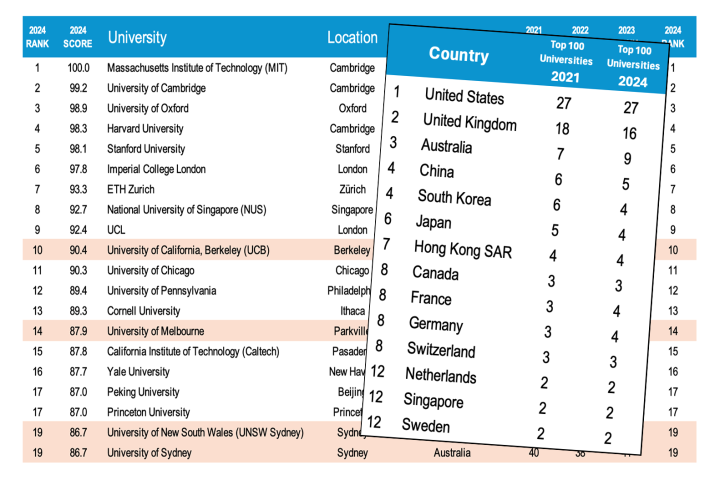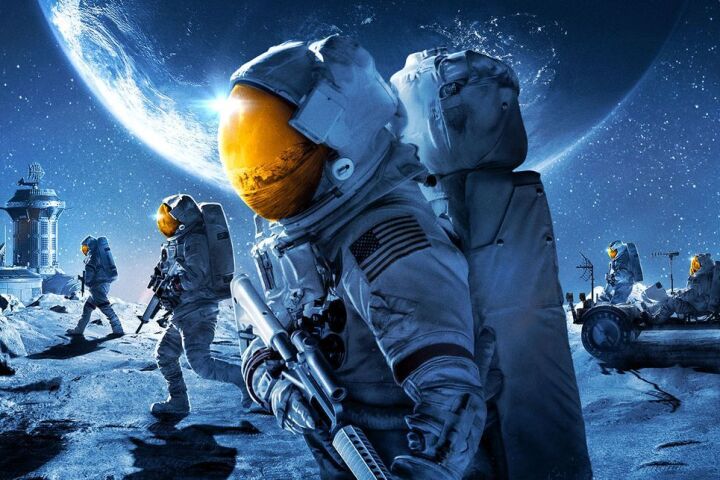Carl Sagan once said, “We are made of starstuff.” Unfortunately, he was a bit vague about what this starstuff actually is. To help answer that question, scientists at NASA’s Ames Research Center in California have developed a way of recreating the dust and gas found around dying red giant stars that eventually become planet-forming interstellar dust.
Understanding how planets form is one of the key goals of astronomy. The problem is that the only material we have to work with directly is from our own fully-formed planet, or what we are able to gather with our space probes. Until someone invents a faster-than-light drive, the only alternative is for scientists to take what’s known about planet formation and try to reproduce the processes’ raw materials here on Earth.
Many astronomers believe that a key component of the evolution of the universe is the dust produced around dying stars as they use up the last of their hydrogen and helium and the nuclear fusion process starts to break down. Think of it as being a bit like a very old car engine that marks its last trip to the scrap yard by belching soot out the exhaust pipe. In this case, the soot is what eventually forms into cosmic dust clouds, then new star systems, planets, and us.

The key component of NASA’s creating synthetic stardust is its Cosmic Simulation Chamber (COSmIC), which was designed and built at Ames. This chamber allows scientists to simulate the gas-phase environment around dying stars. The chamber can create an extremely hard vacuum where pressures are measured in a billionth of an atmosphere, temperatures below minus 270⁰ F (105⁰ K), and ultraviolet and visible light similar to that emitted by nearby stars.
Into this, the scientists spray a cold mixture of argon gas and hydrocarbon molecules, which is then subjected to an electric discharge. As this gas mixture cools further to chamber temperature, the hydrocarbons form particles only a bit over a micrometer in diameter. These are collected for study by a scanning electron microscope and a time-of-flight mass spectrometer that measures mass at a molecular level.
"During COSmIC experiments, we are able to form and detect nanoparticles on the order of 10 nm size, grains ranging from 100-500 nanometers and aggregates of grains up to 1.5 micrometers in diameter, about a tenth the width of a human hair, and observe their structure with SEM, thus sampling a large size distribution of the grains produced," says Ella Sciamma-O'Brien, of the Bay Area Environmental Research (BAER) Institute and a research fellow at Ames.

Scientist hope that the artificial stardust particles will provide new insights into planet formation as well as helping astronomers to interpret data gathered by Herschel Space Observatory, the Stratospheric Observatory for Infrared Astronomy (SOFIA) and the ground-based Atacama Large Millimeter/submillimeter Array observatory in Chile.
"By using COSmIC and building up on the work we recently published in the Astrophysical Journal August 29, 2013, we now can for the first time truly recreate and visualize in the laboratory the formation of carbon grains in the envelope of stars and learn about the formation, structure and size distribution of stellar dust grains," says Cesar Contreras of BAER Institute and a research fellow at Ames. "This type of new research truly pushes the frontiers of science toward new horizons, and illustrates NASA's important contribution to science."
Source: NASA









